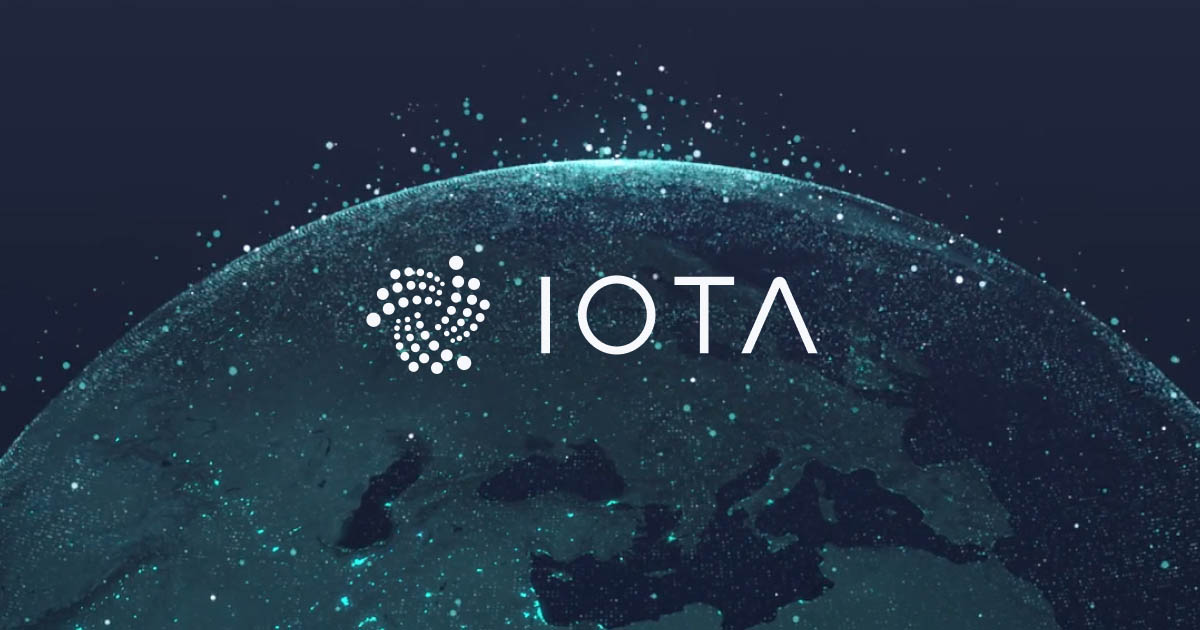An IoT Ecosystem Without Mining or Fees: IOTA (MIOTA) Review
The founders of IOTA proposed an alternative solution in 2014 to the primary issues that plague distributed ledgers, namely scalability and high fees. They did this by proposing to replace blockchain technology with a directed acyclic graph (DAG), in addition to introducing a number...

The founders of IOTA proposed an alternative solution in 2014 to the primary issues that plague distributed ledgers, namely scalability and high fees. They did this by proposing to replace blockchain technology with a directed acyclic graph (DAG), in addition to introducing a number of other ground-breaking innovations. However, at some point along the line, something went wrong, and the promising cryptocurrency lost momentum and market capitalization: in 2017, it was ranked fourth and had a market value of $13 billion; today, it is ranked 48th and has a market capitalization of $2 billion.
Let’s take a look at what’s new and valuable in IOTA 2.0, and then analyze how desirable this network is for investors in the short term, the medium term, and the long term.
What Exactly is IOTA?
IOTA is one of the initiatives that is working toward the goal of bringing distributed ledger technology, also known as DLT, to a completely new domain known as the internet of things (IoT). The development team came up with the technique known as Directed Acyclic Graph (DAG) in order to accomplish this goal. It gives you the ability to connect Internet of Things devices to a network that is safe, fast, scalable, and decentralized. And without the need for transaction fees or mining that is damaging to the environment.
IOTA’s Distributed Ledger Architecture (DAG) serves the same purpose as Bitcoin and Ethereum’s blockchain: it is responsible for validating transactions and protecting the network from “bad” network participants who aim to harm it (hack, stop, slow down, steal money, etc.).
This is accomplished by DAG through the construction of “horizontal” networks in which transactions are directly linked to other transactions. The blockchain technology that underpins Bitcoin also enables the creation of “vertical” networks. In these networks, individual transactions are bundled together into new blocks before being added to the existing chain.
IOTA is the platform’s native coin, and it bears the same name as the platform itself. Its purpose in the ecosystem is to serve as a unit of value measurement. However, the price of one IOTA token is just approximately $0.0000008 at the moment. As a result, cryptocurrency exchanges and platforms use the MIOTA (Mega-IOTA) token, which includes one million thousand IOTA units.
An explanation of how the Tangle network operates
IOTA’s consensus process is known as Tangle. Because it is built on a DAG, the basic idea behind how it works is quite straightforward: in order for a transaction to be confirmed, it must confirm two older transactions, with the proviso that each of those older transactions has already confirmed two other transactions that are technically even “older.” In this scenario, the nodes are exempt from the need that their transactions be confirmed.
IOTA utilizes a system called the Illustrated Introduction to prevent users from making the same transaction twice. This protocol balances all transactions made by users and enables users to spend more money than they currently have in their wallets. The user has performed two transactions, but only one of them has been verified so far. If the total amount of these transactions is greater than the user’s available balance, the system will “cut off” the other transaction and choose the one with the highest number of connections.
IOTA is able to achieve a high throughput and has significant potential for scaling thanks to the combination of DAG and Illustrated Introduction. Tangle’s power, in contrast to that of blockchain-based networks, grows proportionally with the number of users actively participating in the network. IOTA is currently capable of processing 1,000 transactions per second, making it around 140 times quicker than Bitcoin and 60 times faster than Ethereum. At the same time, the speed of IOTA will increase as its user base grows, with the potential for as many as 800 billion transactions per second in theory.
Should I get IOTA?
IOTA seems to be one of the most interesting cryptocurrency projects that are currently underway due to the aims it seeks to achieve and the fact that it departs from typical blockchain solutions. Especially relevant for potential investors is the fact that in the not-too-distant future, IOTA will be awaiting the implementation of security updates, the migration of numerous protocols from the test network to the main network, and, most crucially, the removal of the coordinating node.
